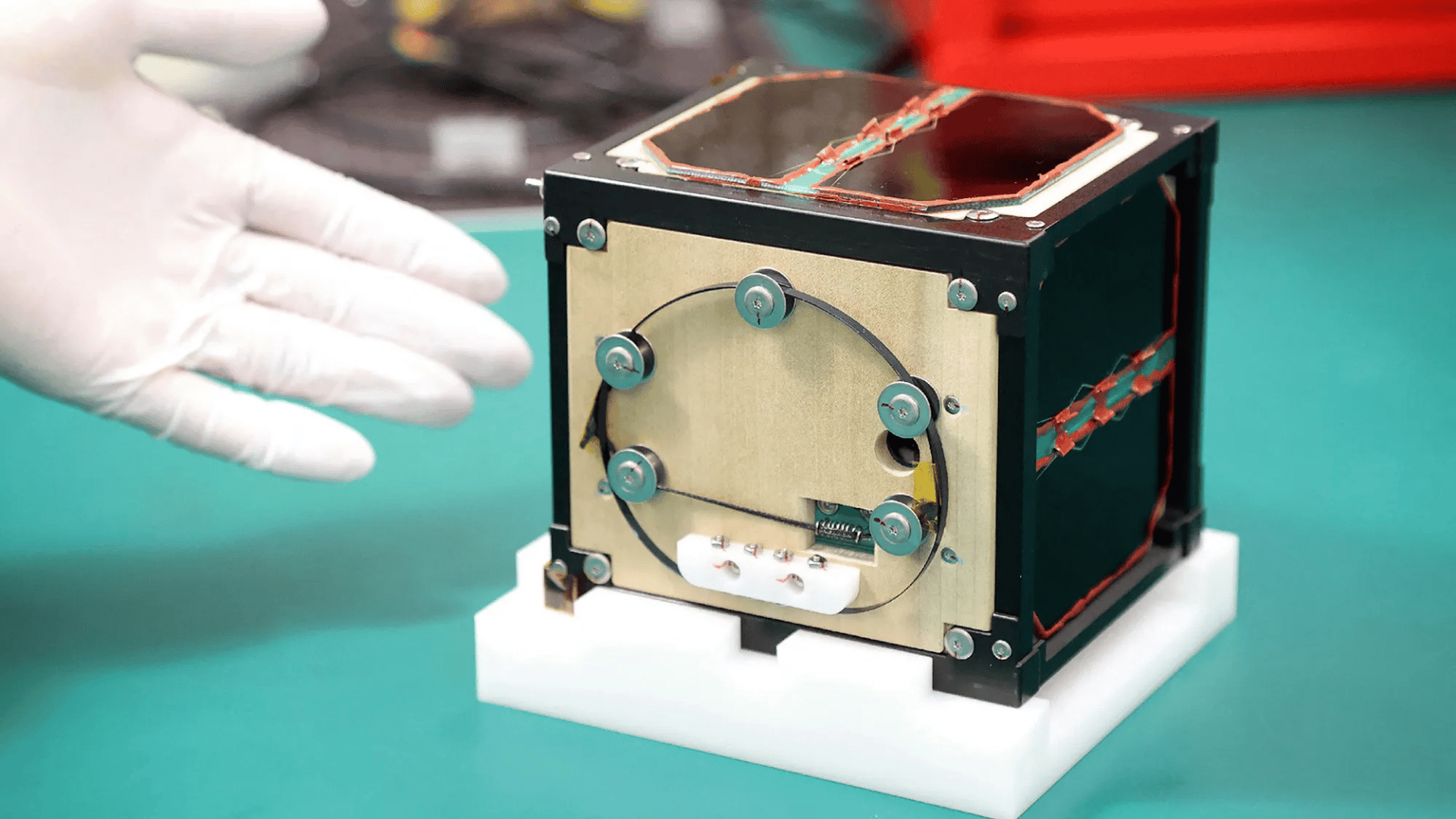Emergency Autoland is a system created by Garmin for airplanes which allows the plane to make an automated landing in the event that the pilot is left incapacitated or otherwise rendered unable to land the plane. Autoland is a subset of Autonomi, Garmin’s various solutions designed to increase safety features for both pilots and passengers on flights.

The system is designed to automatically trigger as it runs through a system of checks and decision gates to determine whether the pilot is unable to fly the plane. Or, in the event that a passenger notices the pilot is unable to fly first, there is a button that can be pushed to activate the system as well.
When it comes to the automated system of checks, Autoland includes an Emergency Descent Mode (EDM) and Electronic Stability and Protection (ESP). If EDM descends through a threshold altitude and the pilot doesn’t turn it off, this automatically activates Autoland as the system will assume the pilot is unconscious. Additionally, if ESP is activated for too long without a pilot taking corrective action, the autopilot system will engage ‘Level Mode’. From there, the pilot has a set amount of time to take control of the aircraft and, if they don’t, Autoland is automatically activated.
Once Autoland has been triggered, the system begins by determining the best airport for landing based on various factors like distance, runway length, fuel range, weather, etc. After Autoland determines the best landing location, the system automatically broadcasts the intent to land to the air traffic control (ATC), initiates the approach to the runway, and lands the aircraft (applying the brakes, stopping, and shutting down the engine).
Tom Carr, Garmin’s director of flight operations and chief test pilot, spoke with Skies regarding the different technologies and algorithms that went into the development of Autoland, “It was different for Garmin because of the sheer number of systems that had to be concurrently developed… For example, mechanical systems; most aircraft, as far as what we interface to, are similar. They all have gear and flaps. But many of the airplanes that Autoland is targeting do not have antiskid, nor did our testbeds. Garmin had to engineer an automatic braking system (for non-power-brake aircraft) and create an antiskid solution — portable (up to a point) between new types. We had to design an autothrottle that was portable between turboprops and jets. Interfaces had to be developed to configure the airplane flaps and landing gear at the appropriate times. We had to develop the autopilot algorithms to execute the approach, flare, touchdown, [and] maintain centerline on rollout. Other control laws had to be developed to brake the airplane to a full stop while maintaining directional control, and shut down the engine.”
The Autoland flight technology has achieved its FAA certification and is currently available on select G3000 flight deck-equipped aircraft, but it’s likely many future aircraft will continue to adopt this technology into their systems.






